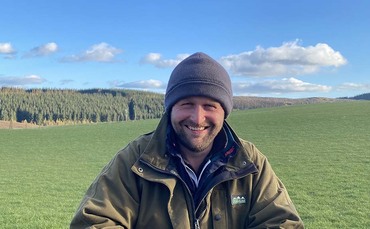- Location
- somerset
don't go there with politicians, you'd lose, and end up doubting yourself, they have zero interest, unless it might effect their chances of re-election.The other big point is that when we think of "landscape function" and "eating as deep as possible" and things lie that, using that type of language, it suddenly opens new doors @exmoor dave
more "what I can do" than "I really shouldn't be doing this but OK"
and I particularly like looking for leading indicators vs lagging, that is what drove the U turn here
This same conversation would be wonderful to have with politicians, who have a fixation with lagging indicators like soil carbon











